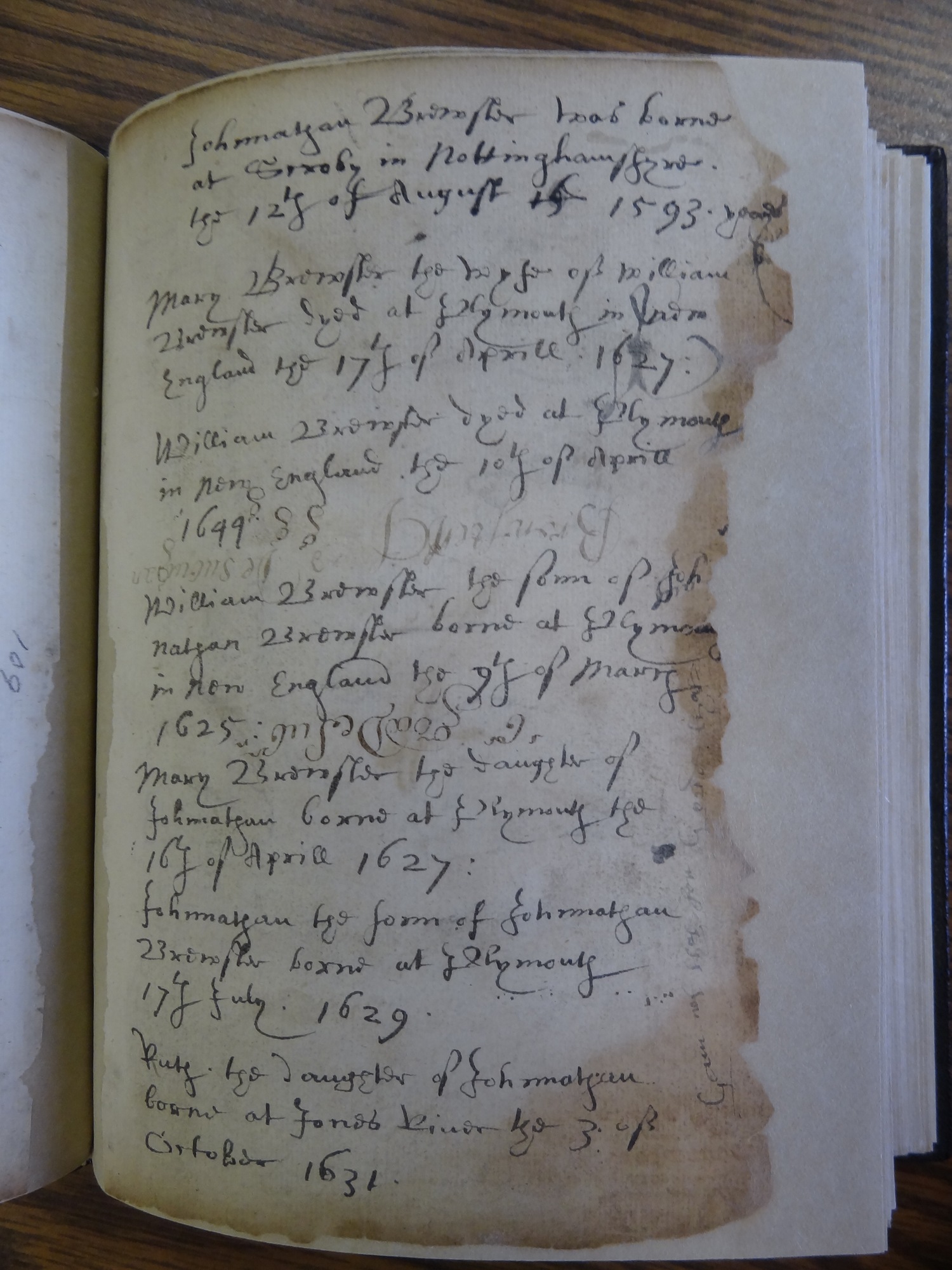Oldest Generation (First Generation Immigrants):
Charlotte Friedericke Wehner, nee von Heinrich, born March 3, 1807, in Wielselthal, Prussia (now part of Poland). She was the matriarch of the family that moved to Sebewaing, MI, around 1860. Uncertain when this picture was taken. She lived until April 24, 1900, but she doesn't look to be in her 90s in the picture. Perhaps late 1800s? I do not have a photo of her husband, Johann Gotlieb Wehner.
 |
| Charlotte Friedericke Wehner, nee von Heinrich |
Next Generation (Born in Prussia, spent most of their adult lives in MI):
Augusta Wehner Wiemer, born November 26, 1837, somewhere in Prussia. She immigrated to Sebewaing, MI, with her parents and married Friedrich William Wiemer (sometimes spelled Weimer, I wish they'd decide which it was) in 1862. William was also from the area of Prussia that today is in Poland, so it is possible they knew each other before moving to Michigan. Augusta died in 1926. William died in 1911. Not certain when these photos were taken. Again, probably late 1800s.
 |
| Augusta Wehner Wiemer |
 |
| Friedrich William Wiemer |
Third Generation (First generation born in the U.S.):
Ernestina Wiemer Anderson, the third child of William and Augusta, was born in Sebewaing, MI, on Valentines Day in 1862. She died in 1929. This photograph looks like it was taken in the early 1900s.
 |
| Ernestina Wiemer Anderson |
Christiana Wiemer Ruffertshofer, the fifth child of Augusta and William, was born May 27, 1871 and died November 6, 1957. She married Frederick Ruffertshofer in 1891. This picture was part of the same set of pictures that include her parents, so I'm guessing they were all taken in the late 1800s. I don't know why the picture is sideways and not cropped like the others. If I figure it out, I'll fix it.
 |
| Christiana WiemerRuffertshofer |
Mary Wiemer Fitzgerald was the sixth child of William and Augusta. I didn't know her married name was Fitzgerald until I read it on the back of this picture. She was born around 1876, so I would guess this picture was taken in the 1890s.
 |
| Mary Wiemer Fitzgerald |
I believe this is a picture of Frederick H. Wiemer, the youngest son and seventh child of William and Augusta. The back of the photograph says "Herman Wiemer". I know nothing about him except that he was born around 1877.
 |
| Frederick Herman Wiemer |
Fourth Generation:
 |
| Frank and Myrtle Ruffertshofer |
Mabel Ruffertshofer, the only daughter, was born October 5, 1892, on the farm in Monitor Township, Bay County, MI. She married Otto Manary in 1909. He was born October 22, 1878 on the adjacent farm.
 |
| Mabel and Otto Manary |
Fifth generation:
These are mostly mixed pictures showing the fifth generation of children with their elders. I love this picture of four generations of Wehmer/Wiemer/Ruffertshofer/Manary women. The picture is dated May 7, 1911, and shows, clockwise, Mabel Ruffertshofer Manary, Viola Manary Drescher (as a baby), Christiana Wiemer Ruffertshofer, and Augusta Wehner Wiemer
 |
| Four generations of women |
 |
| Ilau Manary Dean |
This is a picture of Otto Manary and his first grandchild, Z. I don't know exactly when it was taken, but Z was born in December of 1937 and Otto died in 1941, so I'm guessing 1938-ish.
 |
| Otto Manary and Z Drescher Kripke |
And a random Manary whose picture was in the box:
She doesn't fit into my direct ancestral line, but here's a picture of Otto Manary's sister, Eleanor Manary Johnson (at least, I think it says Johnson on the back of her photo. I didn't know her married name before seeing it.) Her children's names were Hazel and Ernie. Eleanor was born around 1881.








